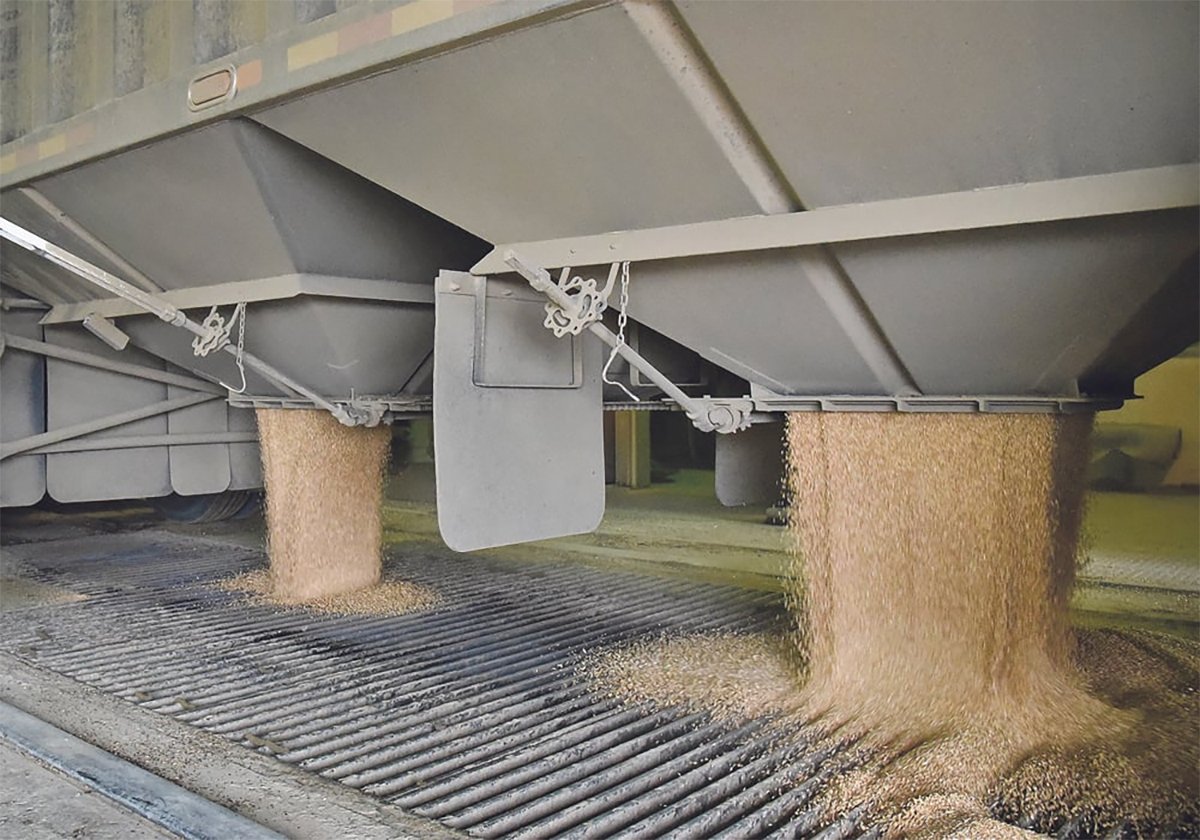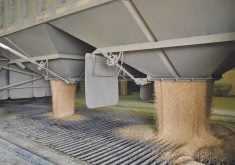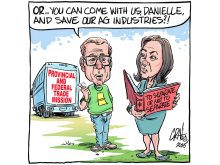THE FIRST time I saw the “small room” tactic in action was a quarter century ago in Saskatchewan.
Businessman-turned-politician Dick Collver was trying to resurrect a provincial Conservative party that had not been competitive in the province since the 1930s.
He was a force of nature in the 1975 election campaign and its buildup, racing around to promote candidates and policies but more importantly, the idea that the Conservatives could compete with the political big dogs – Allan Blakeney’s New Democrats and Dave Steuart’s Liberals.
Read Also

Worrisome drop in grain prices
Prices had been softening for most of the previous month, but heading into the Labour Day long weekend, the price drops were startling.
Enter the “small room” strategy.
Collver would organize a party meeting, book a small room, suddenly discover that more people showed up than the room could accommodate and be forced to expand the space.
In his subsequent speech, he inevitably would enthuse that public interest was far greater than expected and they had under-estimated the number who would show up.
Countless local newspaper reports had a version of this theme: “Saskatchewan Conservative organizers were caught by surprise last night when an overflow crowd showed up for a Dick Collver speech, forcing them to find a bigger room.”
A public perception of momentum was born.
The Conservatives elected six MLAs that time, then wiped out the Liberals in 1978 and became government in 1982.
Collver, deposed as too erratic and divisive before victory was won, credited the small room strategy as instrumental.
Gullible reporters noted a groundswell that exceeded organizer dreams and the public took note of a party with wind in its sails.
Flash forward to 2009 and national Conservative government claims about how they are helping farmers in the midst of this economic downturn. It is a classic small room strategy.
In the “supporting industries and communities” section of the government’s Sept. 28 report on results of its economic stimulus action plan, there is a photograph of a farmer and a field.
That’s encouraging. There must be something in the 138-page report in Conservative blue about farm support.
“Canada’s economy was built on a base of traditional industries that have provided employment and livelihoods for generations of Canadians,” says the report. “These industries, including agriculture …”
Stop right there. What has agriculture received from this package that contributed to a projected $56 billion deficit?
It’s on page 112. Support for agriculture totals $225 million to March 31, 2011.
Hmmm, that seems like small potatoes.
The explanation: “All agricultural measures announced in the Economic Action Plan are in place.”
These include increased access to government-guaranteed credit, contributions to regional agricultural development projects and a slaughterhouse expansion program.
But aren’t virtually all of those “investments” really loans? Indeed they are and that makes agriculture’s share of the stimulus package almost invisible.
The government claims that all promises have been fulfilled but it is a case a creating the smallest room possible and then claiming success when a few programs saunter in and take a seat.
Collver, who went to run a funeral home chain in Arizona, would be impressed.














